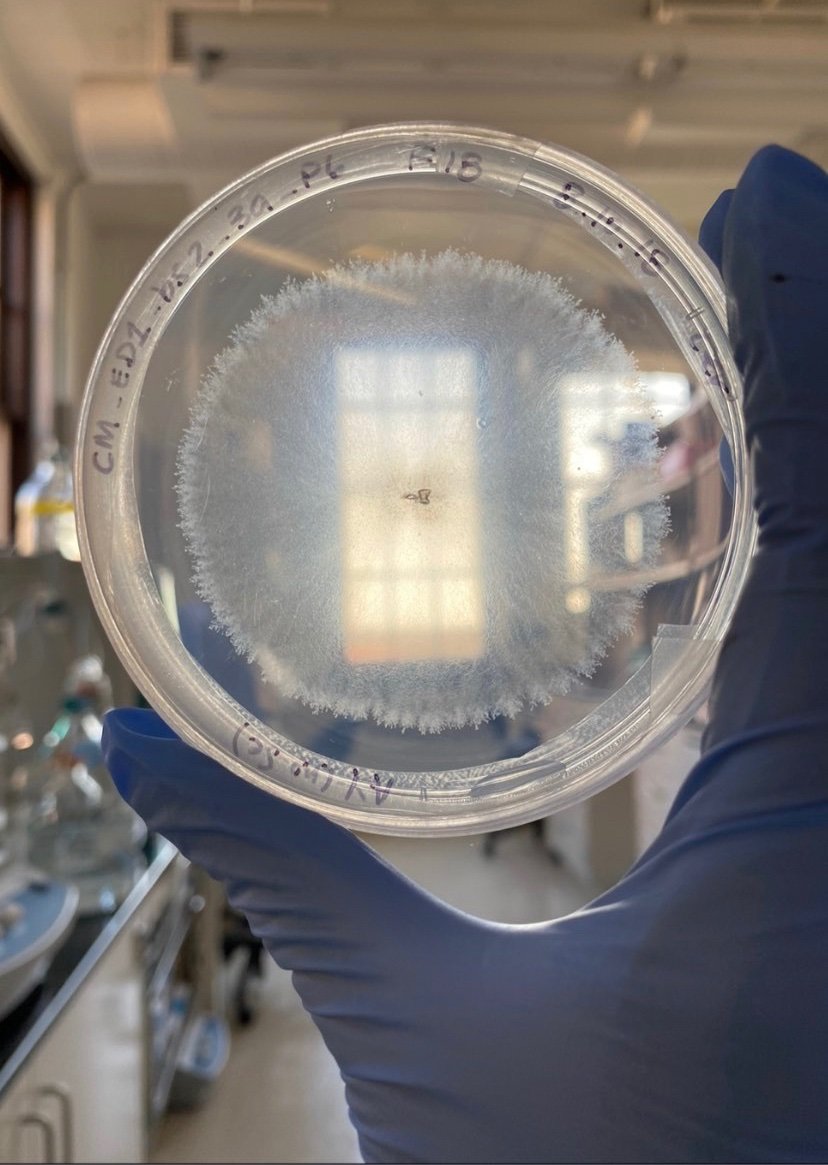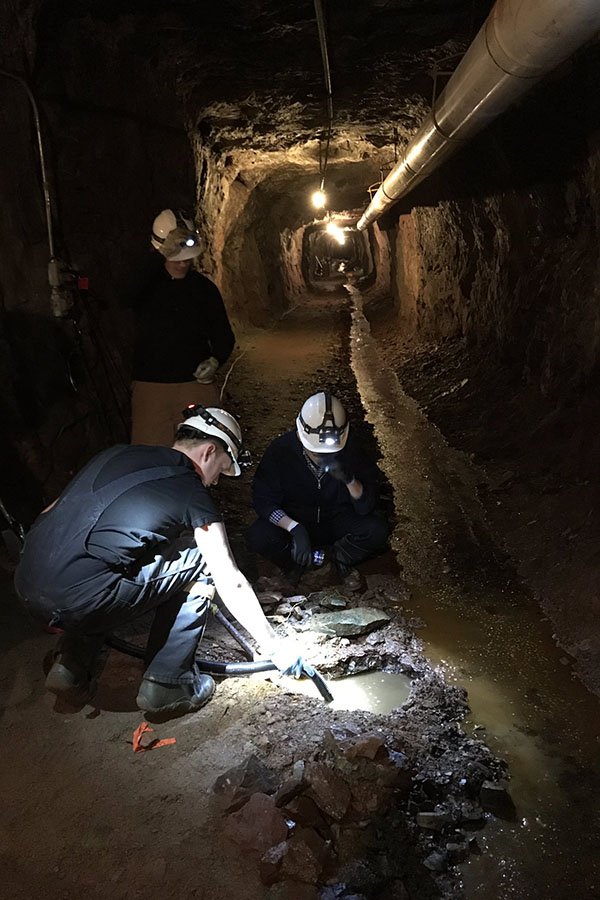Studies within Minnesota
Studies within Minnesota
Minnesota is where we live. Several faculty members in our department conduct vital research within the State of Minnesota, very often in collaboration with the Minnesota Geological Survey (a research & service arm of the School whose purpose is to investigate the geology of Minnesota).
Rivers and Landscapes
The Wickert group is working to understand how changing climate and land use are affecting river systems in Minnesota, as well as how Minnesota's landscapes were formed as repeated past ice-sheet advances covered parts of the state. Euro-American settlement in the 1800s led to dramatic hilltop erosion as native forests and prairies were converted into plowed fields; these eroded sediments moved to valley bottoms, burying ancient river beds. In the modern day, efficient agricultural drainage through ditches and drain tiles, combined with increased storm intensities and a transition in southern Minnesota from snow- to a rain-dominated precipitation, is causing large floods that are rapidly widening channels and eroding the surrounding land. On the longer term, we seek to understand how Minnesota's iconic landscapes were shaped by ice, water, and wind, and are currently focusing on the formation of the upper Mississippi valley in southeastern Minnesota. We combine these historical and geological data with our understanding of how water flows and sediment moves to create predictive models of how Minnesota's rivers may change based on climate and management practices into the future.


Bioremediation Research
Selenium (Se) is both a micronutrient required for most life and an element of environmental concern due to its toxicity to organisms at high concentrations. As Se is naturally enriched in coal, the mining and burning of coal for energy can contribute hazardous levels to surrounding ecosystems. Work in the Santelli lab has shown that a few species of common soil fungi are capable of transforming Se from a toxic form dissolved in water to create less-toxic red colored solid particles of Se. In collaboration with Geosyntec, a recent study tested two fungi in Se-contaminated Minnesota wastewaters (such as coal fly ash pond water) for their ability to remove Se from solution and identified their immense potential as a cost-effective water treatment strategy. Ongoing work will determine the genetic mechanisms behind this process and optimize the conditions needed for an efficient treatment process for areas of Se contamination across the state.
Original paper: https://doi.org/10.3389/fmicb.2020.02105
Graduate student, Mary Sabuda
Santelli Geobiology Lab
Photo: Fungal isolate that can transform selenium.
Life in the Deep Subsurface
